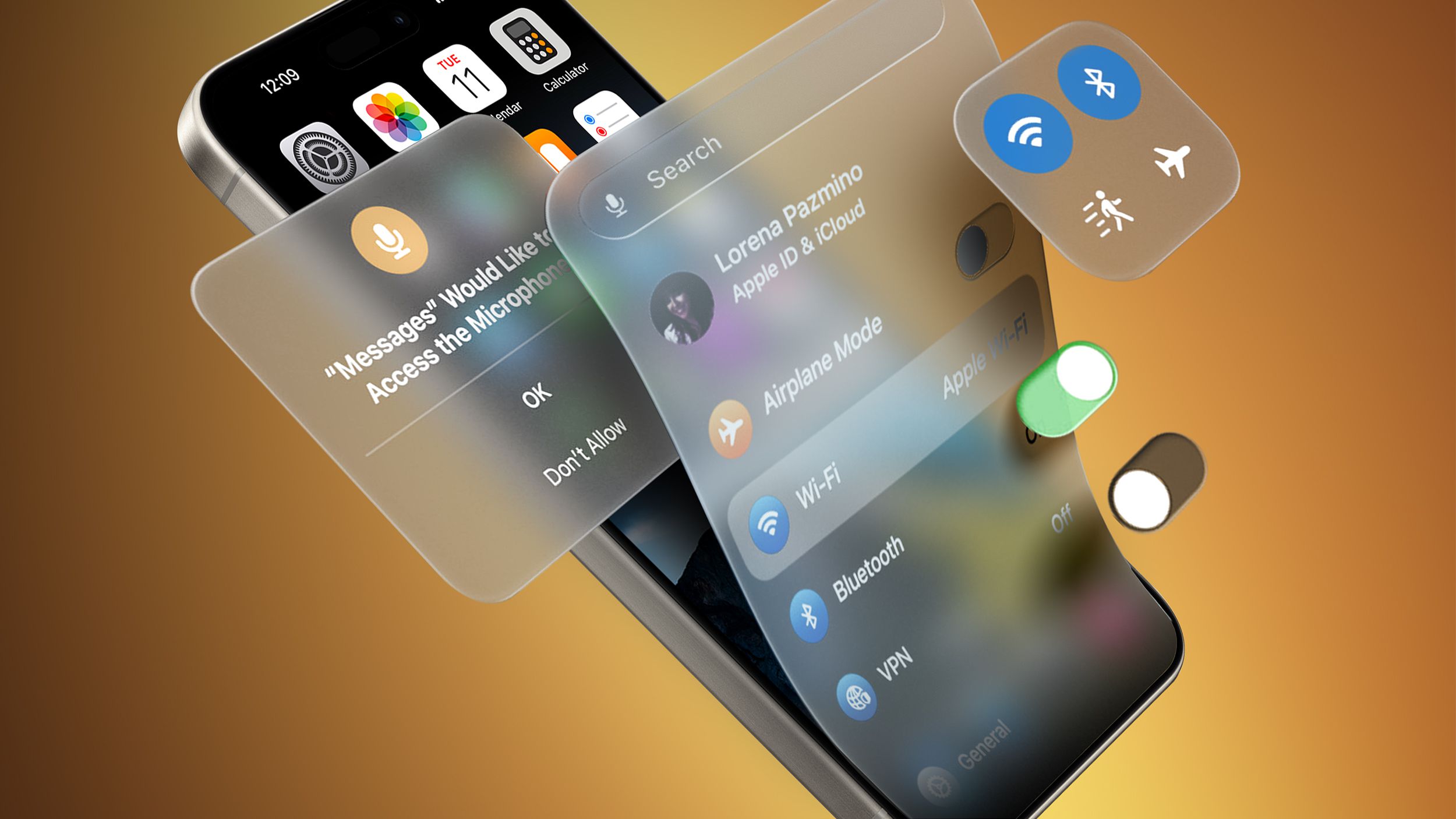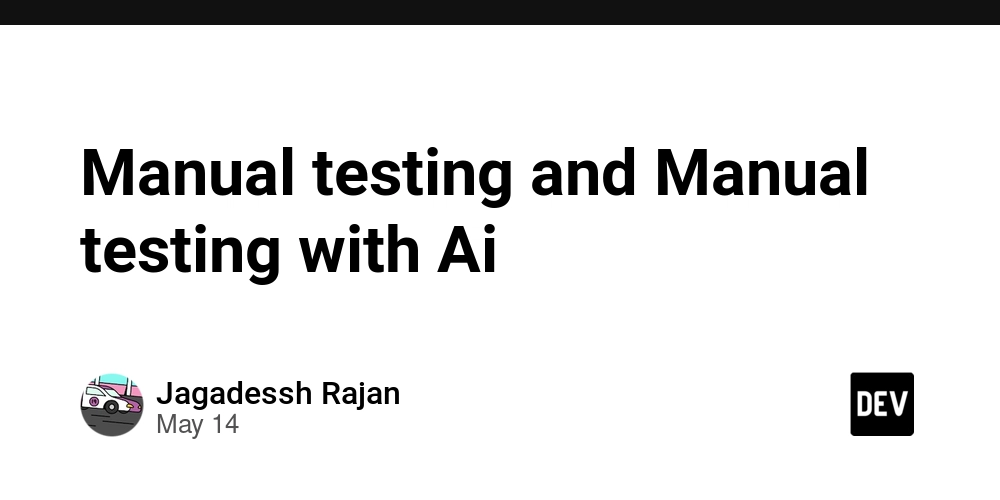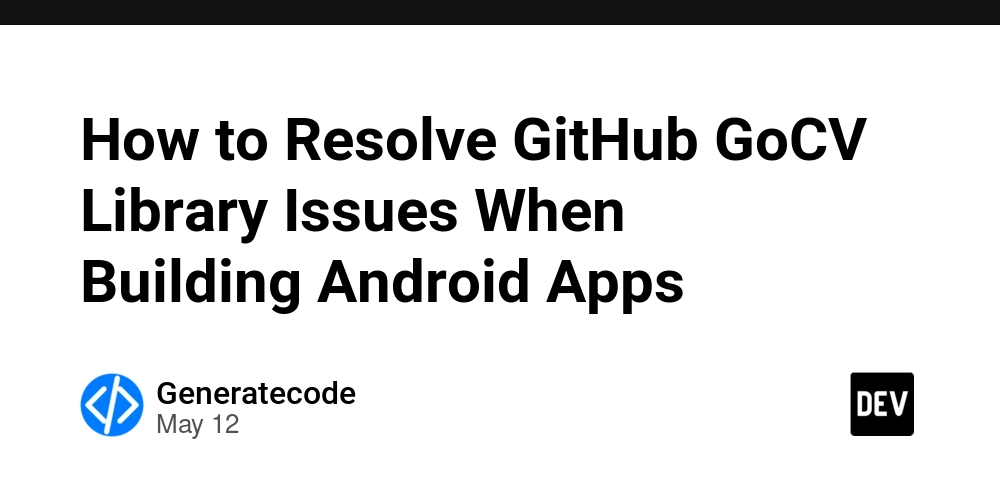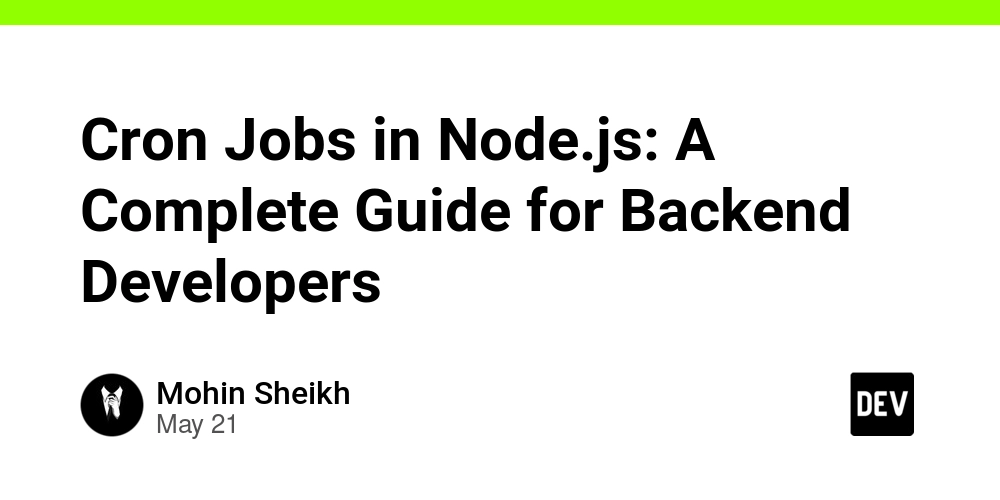How I Built My First Smart Contract: A Simple Voting App in Solidity
I’ve just started learning Solidity to become a smart contract developer and to finally improve my coding skills. This post shares my first project — a simple voting app written and deployed using Remix. Project Summary Users can vote for a candidate. Each wallet can vote only once. Votes are stored on the blockchain. Smart contract written in Solidity 0.8.x Key Features struct Candidate { string name; uint voteCount; } We use an array of candidates and a mapping to prevent double-voting. require(!hasVoted[msg.sender], "Already voted!"); This line ensures no address can vote twice. What I Learned Solidity types and structures Basic contract deployment on Remix Using constructor() for initialization Importance of access control and validation What’s Next I plan to: Add a simple frontend (React + Ethers.js) Move to Hardhat for testing and local dev Explore how elections are built in real DeFi protocols
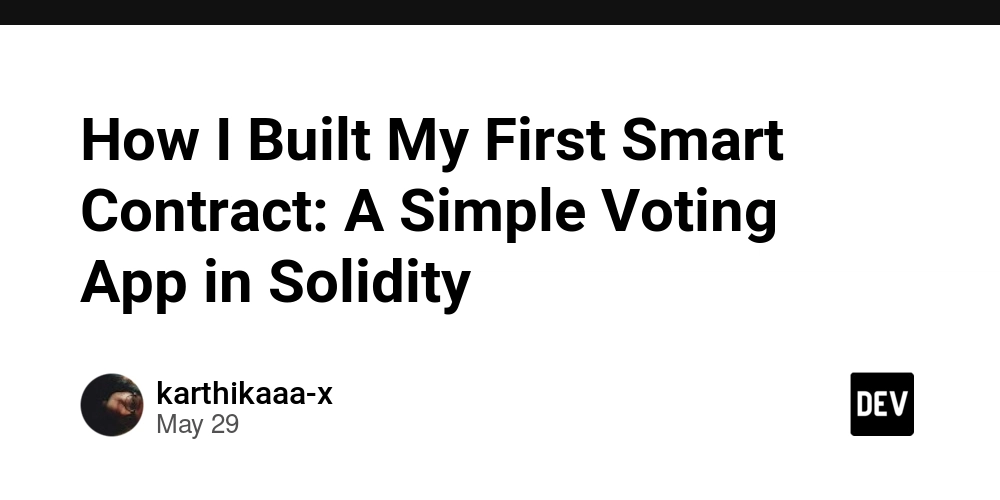
I’ve just started learning Solidity to become a smart contract developer and to finally improve my coding skills. This post shares my first project — a simple voting app written and deployed using Remix.
Project Summary
- Users can vote for a candidate.
- Each wallet can vote only once.
- Votes are stored on the blockchain.
- Smart contract written in Solidity 0.8.x
Key Features
struct Candidate {
string name;
uint voteCount;
}
We use an array of candidates and a mapping to prevent double-voting.
require(!hasVoted[msg.sender], "Already voted!");
This line ensures no address can vote twice.
What I Learned
- Solidity types and structures
- Basic contract deployment on Remix
- Using constructor() for initialization
- Importance of access control and validation
What’s Next
I plan to:
- Add a simple frontend (React + Ethers.js)
- Move to Hardhat for testing and local dev
- Explore how elections are built in real DeFi protocols














































































































































































![[The AI Show Episode 150]: AI Answers: AI Roadmaps, Which Tools to Use, Making the Case for AI, Training, and Building GPTs](https://www.marketingaiinstitute.com/hubfs/ep%20150%20cover.png)
![[The AI Show Episode 149]: Google I/O, Claude 4, White Collar Jobs Automated in 5 Years, Jony Ive Joins OpenAI, and AI’s Impact on the Environment](https://www.marketingaiinstitute.com/hubfs/ep%20149%20cover.png)













































































































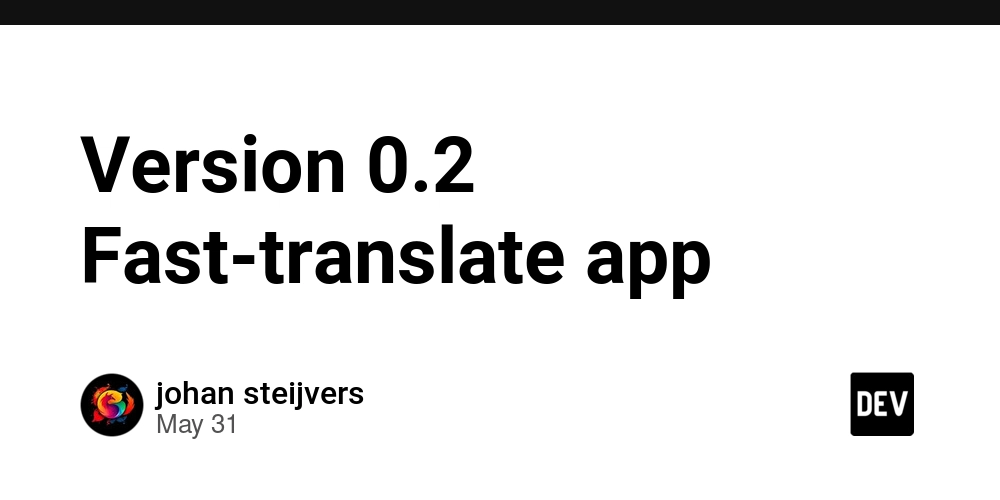












![[FREE EBOOKS] Solutions Architect’s Handbook, The Embedded Linux Security Handbook & Four More Best Selling Titles](https://www.javacodegeeks.com/wp-content/uploads/2012/12/jcg-logo.jpg)




![How to Survive in Tech When Everything's Changing w/ 21-year Veteran Dev Joe Attardi [Podcast #174]](https://cdn.hashnode.com/res/hashnode/image/upload/v1748483423794/0848ad8d-1381-474f-94ea-a196ad4723a4.png?#)


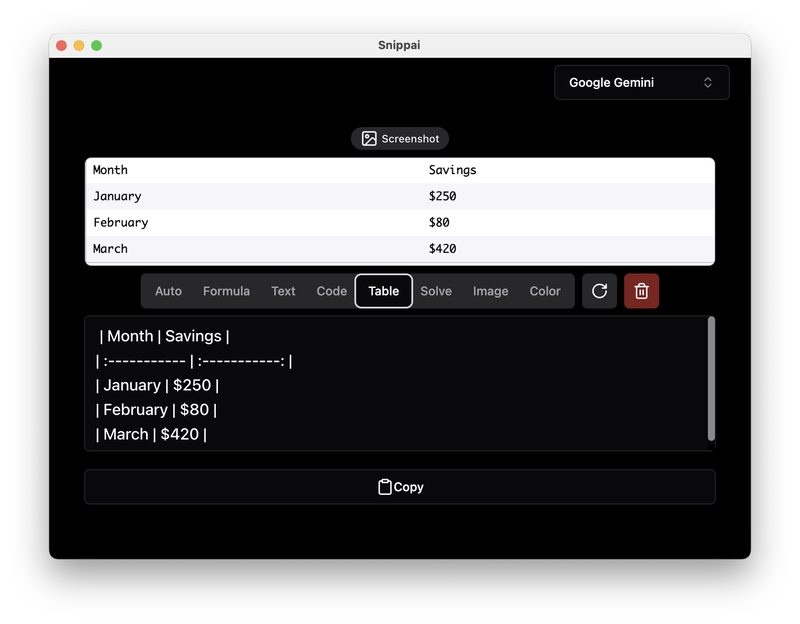
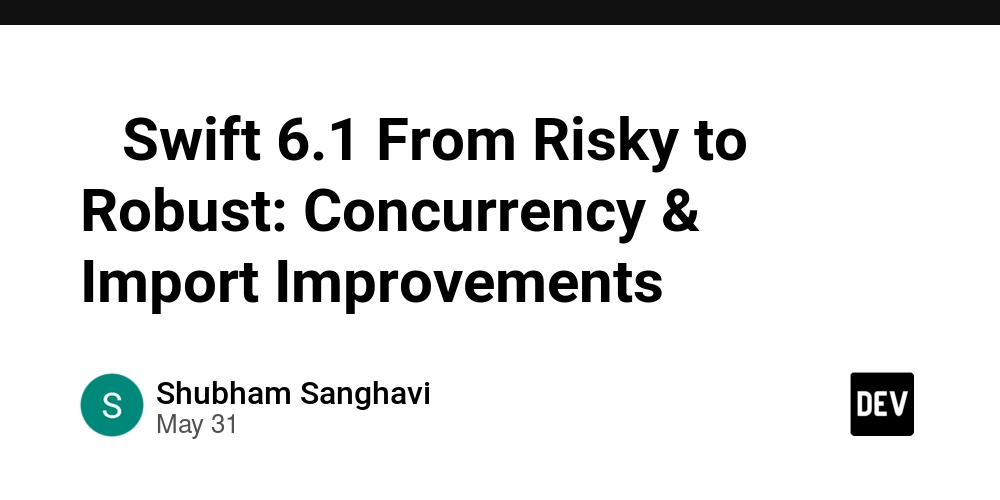



































































































































_ArtemisDiana_Alamy.jpg?width=1280&auto=webp&quality=80&disable=upscale#)








































































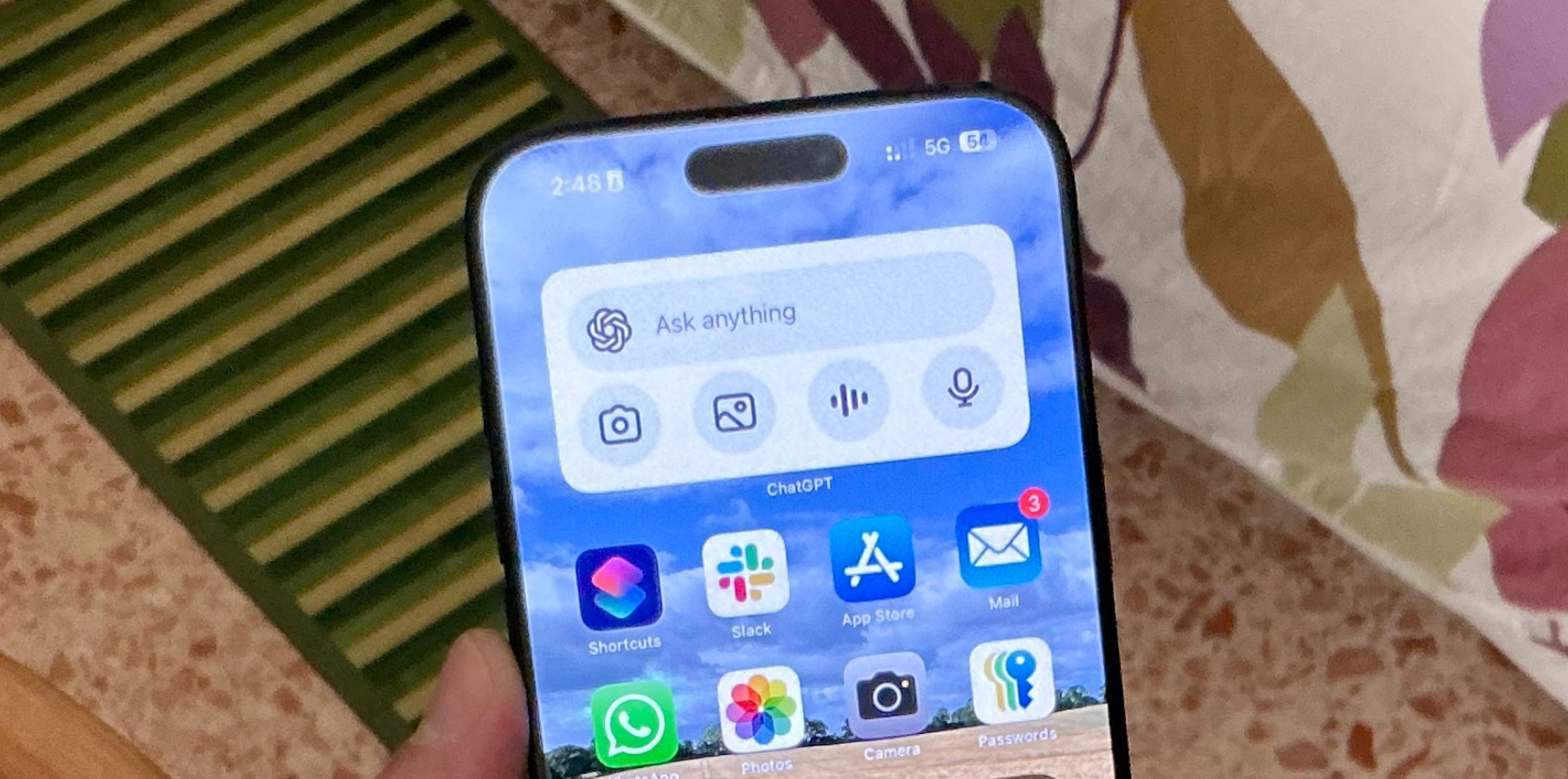








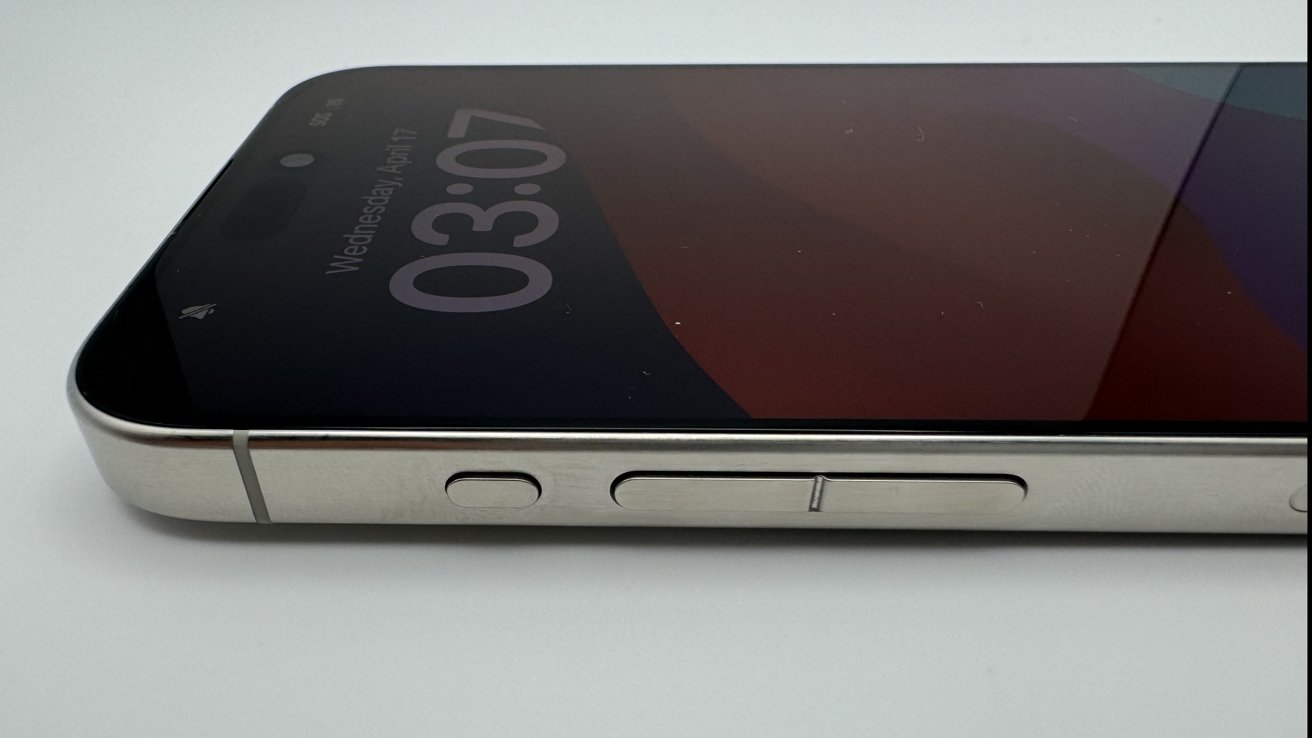





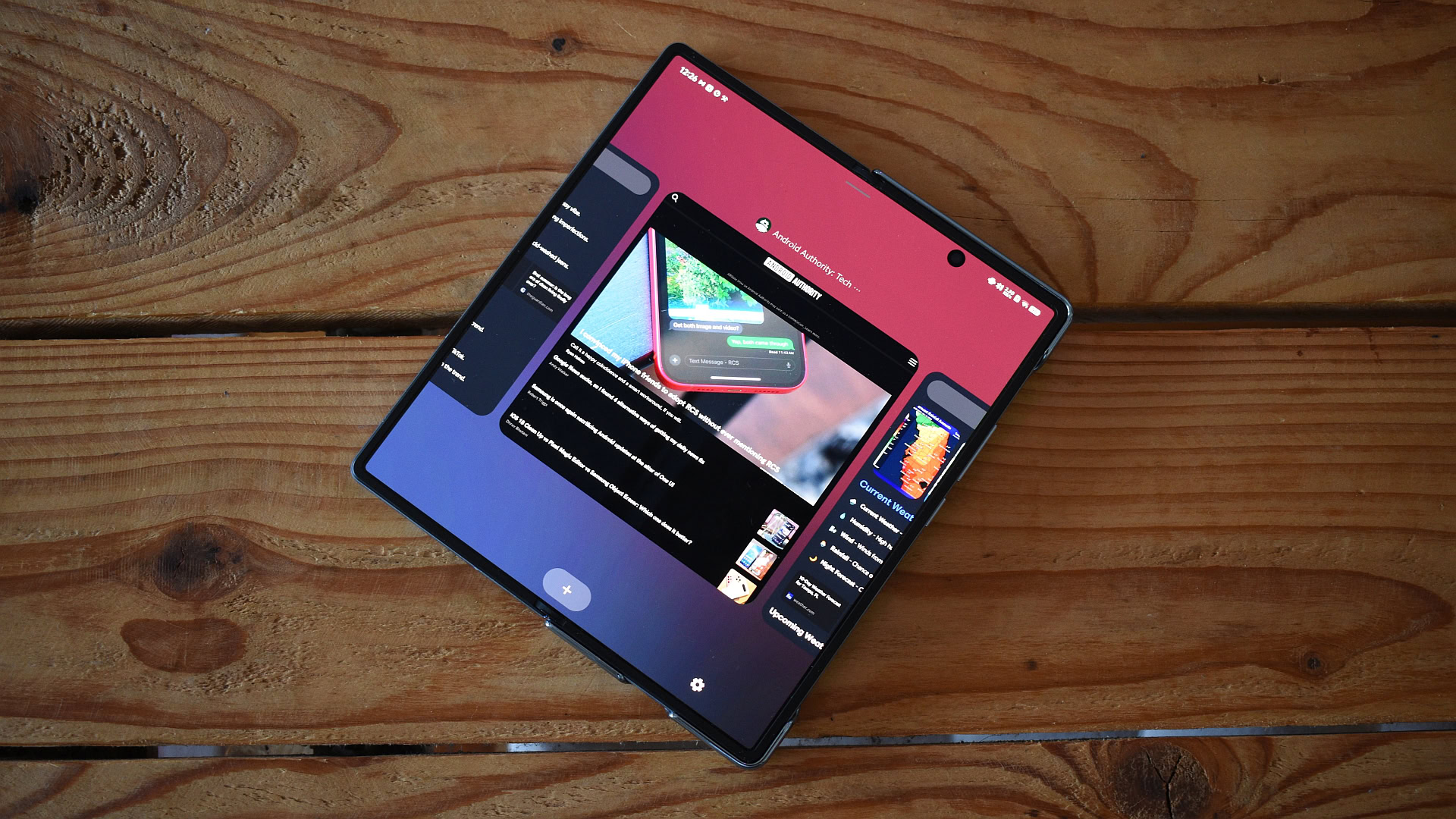



















![Sonos Father's Day Sale: Save Up to 26% on Arc Ultra, Ace, Move 2, and More [Deal]](https://www.iclarified.com/images/news/97469/97469/97469-640.jpg)


![Apple 15-inch M4 MacBook Air On Sale for $1023.86 [Lowest Price Ever]](https://www.iclarified.com/images/news/97468/97468/97468-640.jpg)







































